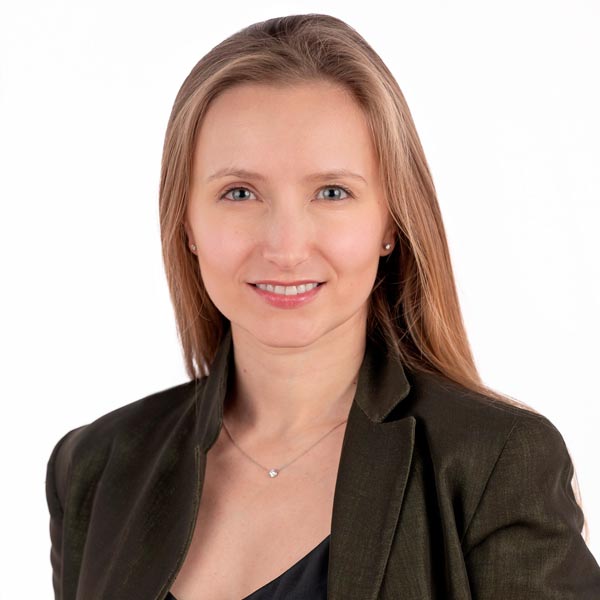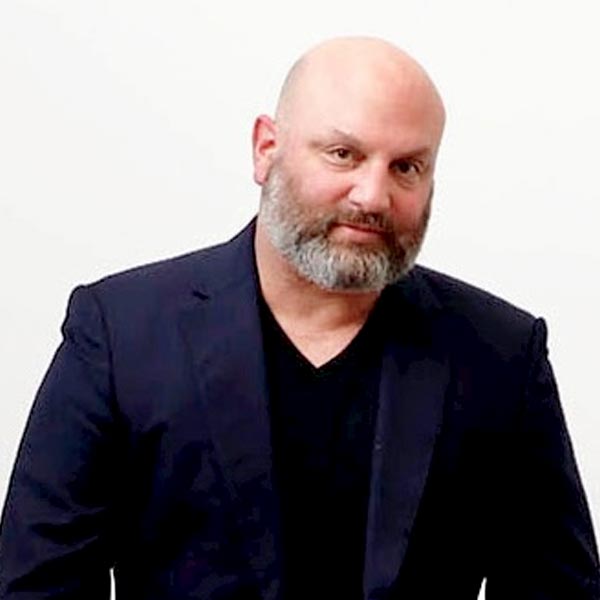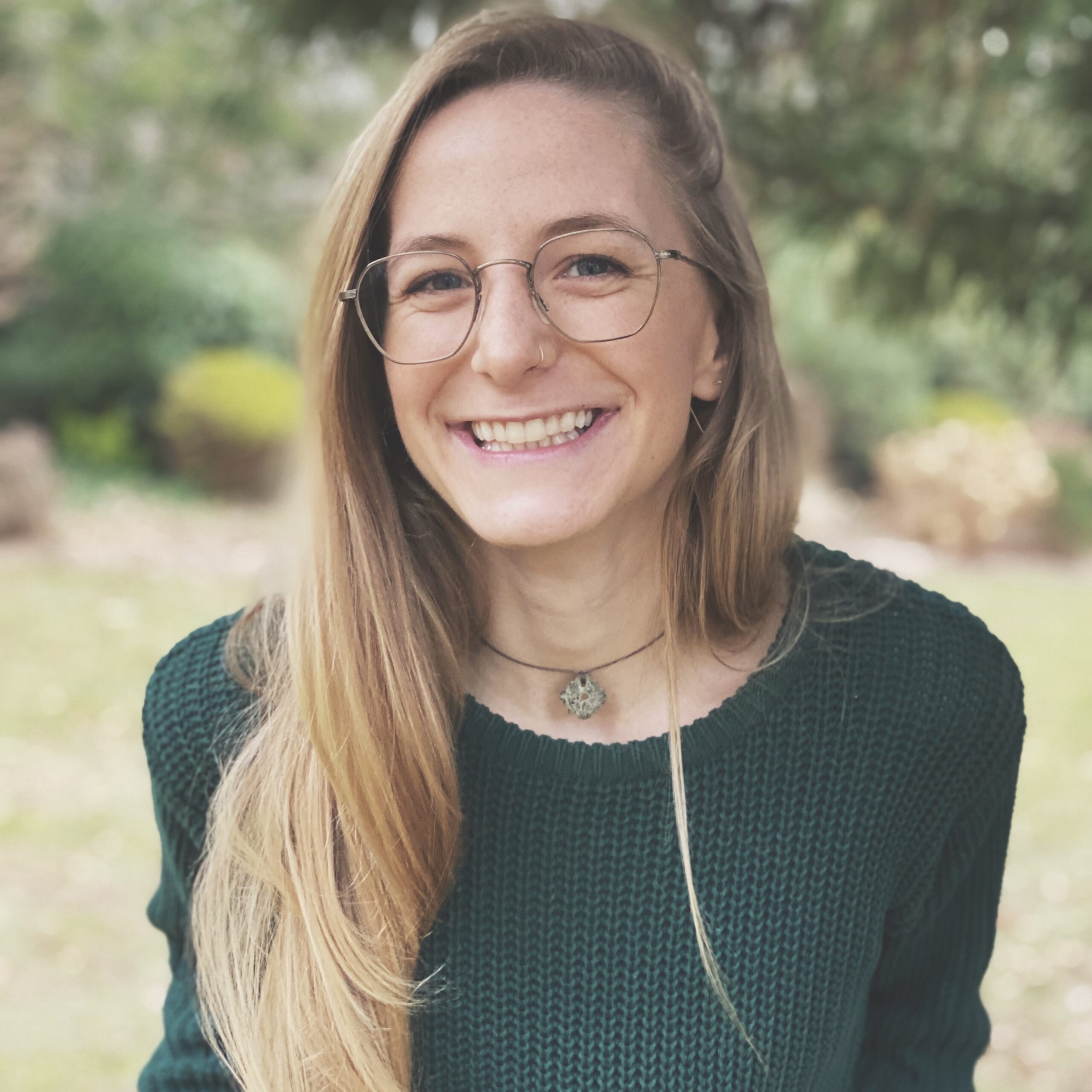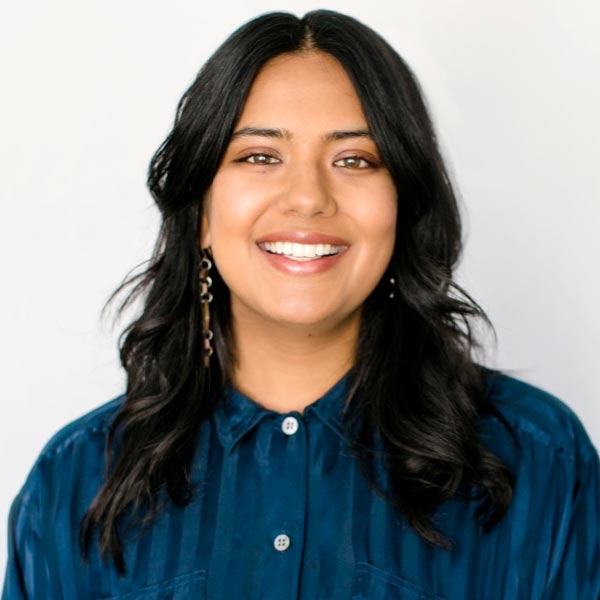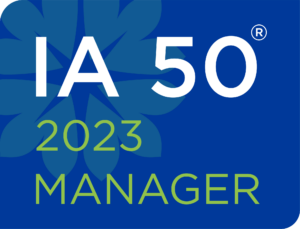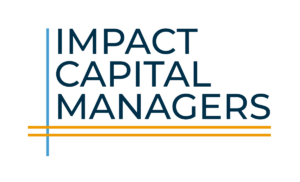Many dimensions of change
History
We probably look familiar. In 2013 we began our collective journey as Urban Us to combat climate change by reimagining and upgrading our cities. As our network and portfolio expanded, so did our perspective on how to best create a world that works for everyone. That shift in our thinking led us to look outside city limits for the agents of change that will build our tomorrow. You can learn more about the history of Urban Us and how we built the URBAN-X accelerator from 2017 to 2021.
About Third Sphere
Who are we?
We’re a climate-focused venture fund that’s been helping shape the landscape of early-stage climate investing for over a decade. With nearly 100 portfolio companies, we’ve built a thesis and approach that tackles climate change from unconventional angles—about two-thirds focused on mitigation, mostly via electrification, and one-third on resilience and adaptation. We like techno-economic assumptions that lead to better, faster and cheaper offerings. This means we don’t chase the latest hype cycles or stick to comfortable enterprise SaaS opportunities; we’re obsessed with transforming human systems to better align with planetary systems while generating massive returns.
What’s our investment focus?
We back founders building hardware-enabled solutions (80% of our portfolio), usually with software components that address climate challenges. While most VCs run from hardware, we run toward it—because that’s where the most transformative climate solutions live. It’s also where more knowledge is required from investors, so there is less competition and less noise. But that’s not all. Hardware usually comes with proprietary data and with the growing universe of AI tools and frameworks, and we back opportunities for better, faster and cheaper solutions through automation.
How long have we worked on resilience and adaptation?
We’ve been pioneers in resilience and adaptation investing for over a decade. While others chased quick wins in more obvious sectors, we recognized early that adaptation would become increasingly critical as the negative impacts of climate, accelerate.
We were also fortunate to notice the work of groups like C40 cities more than a decade ago – they helped us understand that climate is more than carbon. This foresight has given us unmatched expertise in identifying the resilience technologies and business models that actually work.
What’s our geographical reach?
While primarily US-focused, we’ve backed game-changing teams in Switzerland, Germany, Israel, United Kingdom, South Africa and beyond. We have a particularly effective playbook with teams from smaller markets seeking to scale in the US—whether for fundraising or customer acquisition. Even for teams who won’t sell in the US for some time, US capital markets are unmatched for startups, so we help teams access traditional VC as well as rapidly expanding private credit.
What investment stages do we target?
We concentrate on Pre-seed and Seed stages, typically initially investing $250,000 to $1 million. For companies proving our thesis, we double down in follow-on rounds. We’re not interested in being passive investors and we’ve been adding automations to ensure that we can be one of the most valuable advisors and connectors to customers, partners, talent and investors (across the complete capital stack).
Who are our Limited Partners?
We are backed by leading financial, insurance, and foundation institutions who are motivated by the financial upside potential from our approach and also aligned with our impact goals. We filter for both institutional alignment and well as individual alignment with the partners we work with, and bias towards folks with a positive reputation and who are taking a thoughtful approach to investing in funds and companies. We work to help our portfolio founders access more resources, network, and insights through our LPs.
Our Approach to Partnerships
How hands-on are we?
Extremely (when needed). We aim to outwork other investors on introductions and support. This has meant we’ve spent less time selling to LPs, but we believe our approach is being proven with outstanding portfolio performance, often in areas considered “too hard” by other investors. We’re there for the difficult moments, the weekend emergencies, and the critical inflection points. Our founders know we’re just a call or message away, especially when things get messy. And messy is the only universal constant in startups.
How do we help with fundraising?
We’ve introduced the next lead investor in 50% of our portfolio company raises —a track record few funds can match. But we do even better, when founders look beyond equity. We built and spun out credit funds and understand the complexities of working capital and project finance. Our Fundraising Playbook is one of a few battle-tested resources that gives founders an edge in any market condition.
We continue to figure out how best to make relevant, high quality investor introductions. Most recently we built out MATCHA and ALIGN, our robots for assessing the best fit for VC and non-dilutive capital partners.
What tools do we provide?
Our portfolio companies gain access to our proprietary Sync platform, connecting them with the perfect investors for their next round. We provide frameworks for everything from OKRs to investor updates, helping teams communicate effectively with stakeholders at every stage of growth.
We’ve also built out a suite of AI-powered tools that supercharge our core support workflows for founders, most notably our ability to make high quality introductions. We first shared this work publicly here.
How do we view traction vs. growth?
While revenue will never be unpopular with VCs, we recognize that chasing growth at all costs can be dangerous in certain conditions. We work with founders to determine whether prioritizing growth or profitability makes more strategic sense for their specific situation.
We’re generally not of the view that companies can outraise and buy marketshare – it might take a bit more time, but customers eventually pick better offerings. The trick is not to find yourself in a position where investors become the referees on value.
It’s also true that where hardware is involved, teams are building more than their first product. The first product is the reason to build a platform to deliver the next product. And this capacity-building is not well accounted for using only metrics like revenue and growth.
Our Seedstrapping Initiative
What is seedstrapping?
Seedstrapping is a model for company building that has always been a plan B for hardware founders. But we believe seedstrapping is the default or Plan A for forward-thinking founders. It’s about building with fewer resources but more focus, leveraging AI and automation to create unprecedented efficiency, and utilizing alternative funding like revenue-based finance instead of dilutive and increasingly unreliable growth equity.
Why do we believe in seedstrapping now?
There are 3 major drivers: AI, changes to VC and private credit.
First, AI means founders can get the same outcomes with fewer resources. The main reason to raise funding is to hire people, but that math on the number of people has changed, even for those working with hardware.
Second, venture has changed dramatically. MegaFunds are testing an untried model with significantly more capital than the VC ecosystem has ever seen. The assumption is that they can help companies win with overwhelming funding. At the same time, growth VCs are struggling to find a new role, making it difficult to know what they want, which in turn has made them much less reliable, before and after investing.
Finally, private credit has become a real alternative to equity. The expanding universe of products now go far beyond venture debt and usually make more sense for all stakeholders.
What do we offer seedstrapping founders?
We invest $250k to $1m and earmark up to $2m more for your next (and hopefully last) round. Over six months, we speed run sales to $1m ARR or $10m in pre-orders. You get access to all our AI workflows for investor research and talent matching, plus our community of talent and early adopters. And we’ll coach you on building for a future that doesn’t need traditional VC.
Who are we looking for?
People who believe they are absolutely unstoppable. Founders working on climate-positive solutions who are willing to go all-in on using AI to minimize burn and achieve 10x faster outcomes. We don’t care about your company history—whether you’re just starting or on the brink of shutdown. We’ll even invest post-bankruptcy.
Working With Us
What’s our due diligence process?
Thorough but streamlined. We focus on understanding both the business opportunity and the founders’ vision and character. We leverage AI and other tools to make the process efficient yet comprehensive. We always share our deal memo with founders, so they see where our team has most questions and concerns and where we’re most excited.
What reporting do we expect?
We value regular, transparent communication through OKRs and investor updates. We recommend monthly updates to keep investors informed about progress, challenges, and achievements. This transparency builds trust, which is especially critical when you need additional support or funding.
How do we approach OKRs?
We help portfolio companies develop meaningful, measurable objectives and key results. These aren’t just documents that get filed away; they’re living roadmaps that drive decision-making and help identify areas needing attention.
What’s our approach to challenges?
We expect them. Building climate tech companies is hard, and pretending otherwise helps no one. We want to hear about your toughest problems early—that’s literally what we’re here for. Transparency about challenges strengthens our partnership, not weakens it.
Market Perspective
How do we view the current funding environment?
We’ve observed significant challenges in growth-stage investing—even companies growing 5x year-over-year are struggling to secure funding. This unusual dynamic is why we advocate for founders to consider paths to profitability alongside growth strategies to maintain optionality and control.
How do we think about political impacts on climate investments?
The political environment significantly affects climate investing. Many players unconsciously rely on government support that can disappear with policy shifts. We help companies build resilient business models that can thrive regardless of policy shifts while recognizing the competitive global landscape.
What’s our take on AI’s impact?
We’re not just observers of the AI revolution—we’re active participants. We leverage AI throughout our operations and help portfolio companies do the same. The technology has moved beyond theoretical benchmarks to practical applications that transform how climate companies operate and scale.
Our relatively much higher exposure to teams working with hardware and software has also given us perspective on some of the unique opportunities offered by low cost sensors paired with ever improving training frameworks and tools.
Investment Process
What funding vehicles do we prefer?
For early-stage rounds (pre-Series A), we prefer SAFEs for their flexibility, optionality, speed, and founder-friendly terms. Many folks forget the genesis of SAFEs and the high resolution fundraising they allow. For priced rounds, we recommend using the NVCA Enhanced Model Term Sheet v3.0 as a starting point.
How do we approach valuation?
Valuation is both art and science. We use multiple frameworks like the “Doubling Model” alongside revenue multiples that factor in growth rates, margins, and market size. We’re realistic about valuations while ensuring founders aren’t unnecessarily diluted early on.
What fundraising strategies do we recommend?
We outline three distinct approaches: Strategy A (full-stack VC) assumes multiple venture rounds with aggressive growth targets; Strategy B (minimal VC) may include early-stage VC alongside grants or debt; and Strategy C (no VC) leverages alternative funding mechanisms with healthy margins to generate sustainable cashflow.
Do you ask for a side letter? Why?
Third Sphere is focused on being one of the company’s first investors because we believe this is where we can have the most impact. We invest because we think you’re doing something impactful, but the first few years are some of the riskiest, and we can help a little to reduce the probability of missteps.
We don’t invest to gather information and have optionality for a later round. In fact, we dilute alongside you as you grow and we’re subject to the same preferences afforded to later stage investors. Along with other early investors, we’re best aligned with founders.
In a very small percentage of cases, later stage investors may ask us to give up certain rights in this side letter. We do. But the value to founders is hearing from these investors why they don’t want us involved. That can often be a useful datapoint about what it might be like to work with this investor.
Third Sphere ESG Policy
Beyond financial returns, we’re interested in sustainability outcomes. During our deal memo discussions, we’ve focused on the potential for impact on the planet and people, as your company grows. But that’s not all.
We know that early on, governance feels like overhead. And we certainly spend the most time focused on figuring out if we’re making something that people want. But once we figure that out, we’ll need to safeguard against mistakes that can limit growth and impact. Our goal is not to have formal control, but rather to see enough detail to ask questions and provide feedback to the founders and management.
Board Observer
While we do hold some board seats, this is generally not our goal. More important than voting is the ability to access information already prepared for the board. This means we can offer feedback without asking for additional meetings, reports, etc. It’s a very efficient way to stay in the loop and continue to provide feedback.
Information Rights
Board observer rights will usually entitle us to see information shared with the board such as financials or ESG reports. However, we think it’s useful to define the minimum expectations for what data and reporting we expect.
Again, the goal is not control, but rather the ability to review and ask questions. Feedback from founders over the years suggests that the additional feedback from multiple investors or other stakeholders can help in multiple ways from improving communication with current investors to preparing for subsequent fundraising activities.
Major Investor
Major investor language is sometimes used by later stage investors to limit information flow to earlier investors. The historical justification has been that smaller investors are also usually the source of leaks or other adverse behaviors. We’ve found that limiting information might make sense for some angel investors who have been known to use their access to trade information. Usually the strict limiting of information is used to avoid scrutiny of some actions such as unnecessary insider fundraising rounds.
Communication and Relationships
How do we prefer to communicate?
We value preparation and context for effective discussions. Sharing information ahead of meetings allows for more productive conversations and better decision-making. We’re present and engaged during calls but appreciate the opportunity to do pre-work when possible.
How do we collaborate with other investors?
We maintain relationships with numerous investment firms – some focus on climate, but most do not. Climate not intersects with so many industries and core tech, that the best climate-focused teams are usually interesting to all of these investors. Our Sync platform helps match portfolio companies with aligned investors, and we actively co-invest with partners who share our climate mission and founder-first approach.
How do we maintain founder relationships?
We emphasize consistent communication through tiered update strategies: monthly or quarterly updates for existing investors, milestone-based updates for investors in active diligence, and quarterly touchpoints for potential future investors. These practices build the foundation for long-term partnerships that support our companies through multiple funding cycles.
About our LPs
Who are they?
Our LPs include large institutions involved in global financial services as well as endowments and non-profits. Additionally we’ve partnered with a number of different family offices operating in areas such as real estate, mobility as well as people who have held very senior positions at firms like KKR, Google, NVIDIA. Perhaps most notable – some of our founders have been able to become LPs in our fund.
What types of impact and financial returns are your LPs looking for?
Our LPs are aligned with our view that there is a tight link between impact and revenue. That is, for each $1 or revenue, there is a direct correlated metric such as GHG reduction or increased resilience. As a result, while our LPs want us to seek our climate impact, they’re not looking for concessionary returns.
How do you work with LPs?
Quite a few of our LPs are explicitly looking to invest directly into our most promising startups. While we cannot promise allocations, we always try to make relevant connections, typically to help access industry expertise or specific geographies.
What industry recognitions have you recieved?
We were named one ImpactAssets IA 50 2023 Managers, and we’re proud to be members of Impact Capital Managers and Coolwater GP community.
We were the #1 ranked seed stage climate fund in North America by Climate50 in 2022. In the midst of C19, Techcrunch featured us in the top 10 of VCs who founders love the most. And our investment approach has become a regularly taught case at Harvard Business School.
How We Work
- Evolve constantly to stay talent attractive
- Are sherpas and guides not competitors or operators
- Put team first, but celebrate individual achievements

Coaches Not Players
- Approach all work with humour and humility
- Use accountability as a guardrail for human frailty
- Use influence as a function of achievement, not hierarchy
Humans With Humor
- Own who we are, sunlight is the best disinfectant
- Believe in open book shared knowledge and resources
- Practice risk with intention, talk straight and be transparent
- Do what we can with what we have, more when we have it
Don't Hide Behind Glass
- Embody new ways to empower positive human futures
- Act only in service of generative synergies
- Practice the knowledge that ‘Good is a verb’

Most Good, Least Harm
- Bias towards action and think in systems not in cogs
- Design processes to ensure that no idea is left behind
- Clear space for solutions to ripen on the tree
Finger For The Hand

